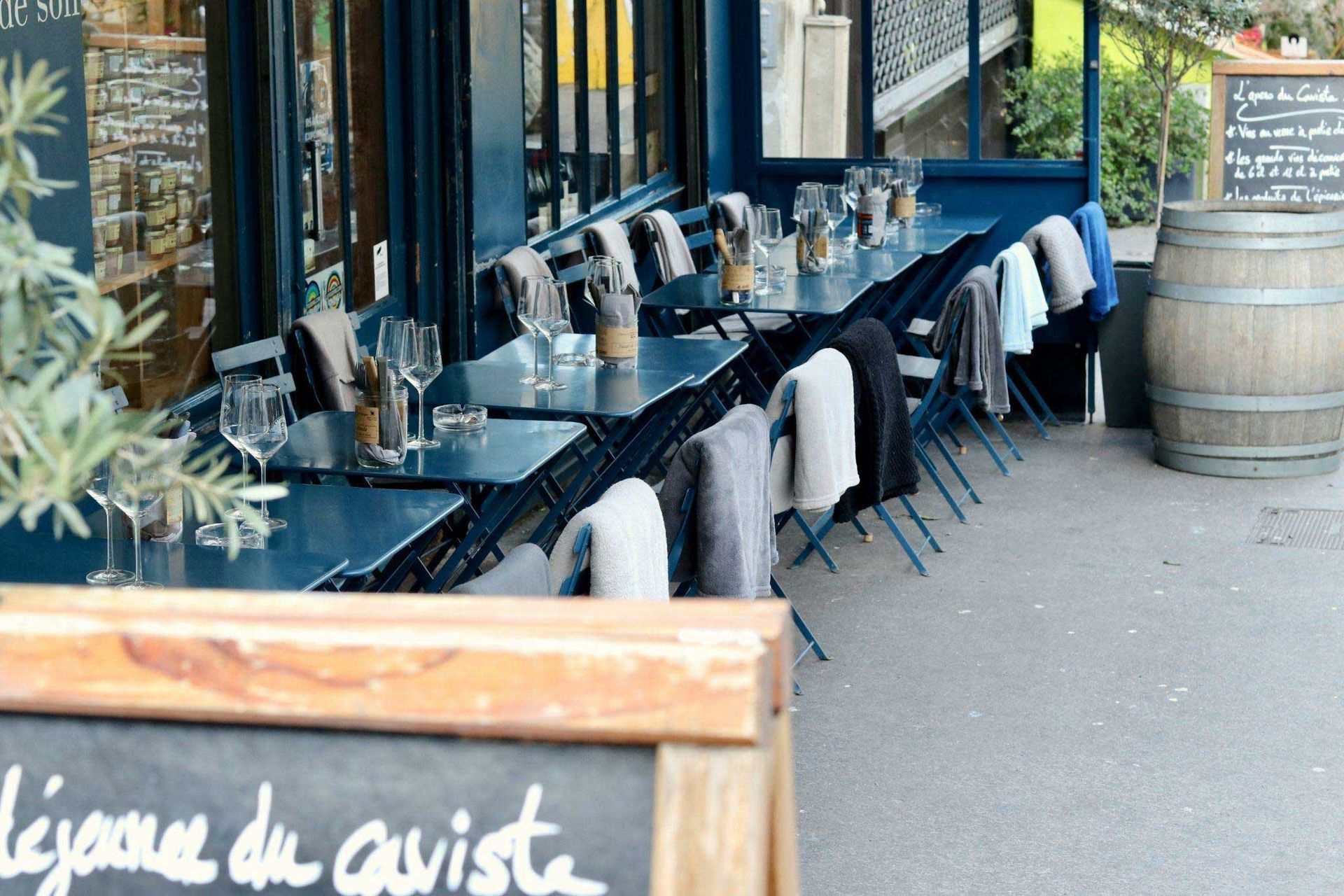The Evolving Landscape of Commercial Real Estate in the Restaurant and Retail Sectors

The commercial real estate landscape is rapidly changing, especially in the sectors of restaurants and retail
The commercial real estate landscape for retail and restaurant properties continues to evolve in response to changing consumer behaviors and preferences. As operators adjust to the current market conditions, several key trends are shaping the industry:
Shifting Footprints and Locations
- Suburban Growth: The migration of people to suburban areas has led to increased interest in restaurant properties outside city centers. Operators are capitalizing on this trend by expanding their presence in residential neighborhoods, where customers spend more time.
- Urban Adaptation: While urban centers face challenges, innovative concepts are emerging. Some property owners are experimenting with hybrid spaces that serve as offices during the day and transform into dining areas in the evening, maximizing the use of real estate.
Operational Adjustments
- Staff Optimization: Restaurants are leveraging technology to streamline operations and address labor shortages. This includes the implementation of self-service kiosks, mobile ordering systems, and table-side payment devices.
- Robotics Integration: To enhance efficiency and reduce labor costs, some establishments are incorporating robotics into their operations. This includes automated food preparation systems and robotic delivery services.
- Drive-Thru Expansion: Quick-service restaurants are investing heavily in drive-thru capabilities, recognizing their importance in meeting customer demand for convenience. Many are implementing multi-lane designs and advanced ordering technology to improve throughput.

Operational development in retail and restaurants are making an impact on commercial real estate
Technological Advancements
- Ghost Kitchens: The rise of delivery-only restaurants continues to create demand for different types of commercial spaces. These kitchens often require less square footage and can be located in areas with lower rent.
- BOPIS Model: The "Buy Online, Pick up in Store" model has revitalized retail in strip mall centers, with an increase of 18% in traffic compared to previous years.
Market Outlook
While challenges persist, there are signs of recovery in the food service sector:
- Sales Projections: Overall restaurant sales are expected to surpass previous levels, though the distribution may look different across urban and suburban locations.
- Property Valuation: Global property valuation declines continued through the second quarter of 2024, down 6.3% year over year, but the pace of decline is slowing.
As the industry continues to adapt, flexibility and innovation remain key to success in the retail and restaurant sectors of commercial real estate. Operators who can effectively respond to changing consumer behaviors and leverage technology will be best positioned to thrive in this evolving landscape.
Recent Posts







